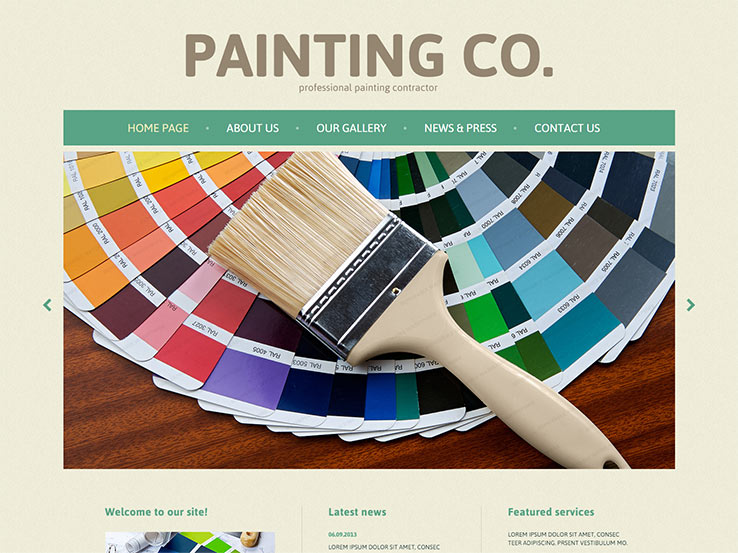Check Out The Impact Of Seasonal Elements On The Performance Of Business External Painting And Identify The Optimum Times To Attain Enduring Outcomes For Your Job
Check Out The Impact Of Seasonal Elements On The Performance Of Business External Painting And Identify The Optimum Times To Attain Enduring Outcomes For Your Job
Blog Article
Material By-Leach Celik
When you're preparing an industrial external paint job, seasonal aspects can make or damage your results. You'll want to think about just how temperature and humidity effect paint application and drying out times. Picking the best period can guarantee your paint adheres properly and lasts longer. But which periods are absolutely the most effective for this type of job? Allow's discover the key elements that can affect your task's success.
The Effect of Temperature on Paint Application
When you're intending an industrial external paint task, the temperature level can considerably affect just how well the paint sticks and dries.
Preferably, you intend to paint when temperatures vary in between 50 ° F and 85 ° F. If it's also cold, the paint may not heal effectively, leading to problems like peeling off or fracturing.
On the other hand, if it's too hot, the paint can dry also swiftly, protecting against proper adhesion and causing an uneven coating.
You should also consider the time of day; early morning or late afternoon provides cooler temperatures, which can be much more beneficial.
Always inspect the producer's referrals for the certain paint you're utilizing, as they often give guidance on the ideal temperature level array for optimal outcomes.
Moisture and Its Result on Drying Times
Temperature level isn't the only environmental element that influences your industrial outside paint job; humidity plays a significant role too. High humidity degrees can decrease drying out times drastically, influencing the overall high quality of your paint task.
When the air is saturated with moisture, the paint takes longer to treat, which can bring about issues like poor adhesion and a greater risk of mold growth. If you're repainting on an especially humid day, be prepared for extensive delay times in between coats.
It's critical to monitor neighborhood weather and plan accordingly. Preferably, aim for moisture degrees between 40% and 70% for ideal drying.
Maintaining these consider mind guarantees your job stays on track and supplies a lasting surface.
Best Seasons for Commercial Outside Painting Projects
What's the best time of year for your commercial external painting jobs?
Spring and early fall are normally your best options. During these seasons, temperature levels are moderate, and moisture degrees are frequently lower, creating perfect problems for paint application and drying out.
Avoid summer's intense heat, which can create paint to dry too quickly, resulting in poor adhesion and coating. Likewise, winter season's cold temperature levels can hinder correct drying and curing, running the risk of the longevity of your paint work.
Go for please click the next website page with temperature levels in between 50 ° F and 85 ° F for optimal results. Keep in mind to examine the local weather forecast for rain, as wet problems can ruin your task.
Planning around https://zandersyuql.theblogfairy.com/33490973/venture-right-into-a-world-filled-with-lively-alternatives-as-we-unveil-the-trick-to-renewing-your-home-with-the-assistance-of-specialist-house-painters guarantees your paint project runs smoothly and lasts longer.
Final thought
In conclusion, intending your commercial outside painting projects around seasonal considerations can make a considerable distinction in the result. By scheduling work throughout the suitable temperature levels and moisture levels, you'll ensure much better adhesion and drying times. why not check here in mind to keep an eye on local weather forecasts and choose the correct time of year-- springtime and very early loss are your best choices. Taking these steps will certainly assist you accomplish a durable and expert surface that lasts.
